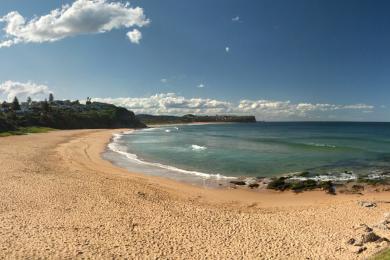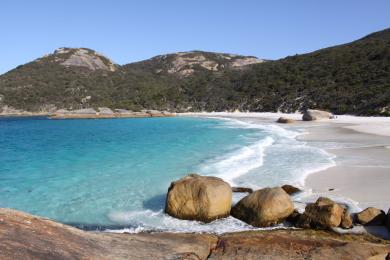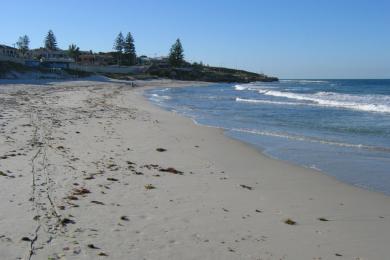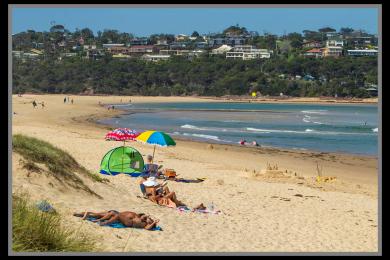Overview
Wobbegong sharks belong to the Orectolobidae family, also known as the carpet shark family. They are characterized by their flattened bodies, wide mouths, and distinctive fringed flaps of skin around their heads, resembling a beard or seaweed. These flaps help them camouflage amongst the seabed, where they lie in wait for prey. Wobbegongs are distinguished from other carpet sharks by their unique head shape, with a broad, flattened snout and prominent barbels. They also have a distinctive pattern of blotches and stripes on their bodies, which varies depending on the species.
Commonly found in:
- Australia
- Indonesia
- Papua New Guinea
- New Caledonia
- Fiji
- Solomon Islands
- Vanuatu
- New Zealand
- Japan
- South Africa
- Mozambique
- Madagascar
- Seychelles
- Mauritius
Over the past 84 years, there have been 55 recorded attacks by Wobbegong Sharks. Of these attacks, they have occurred at sea and at the following beaches:
Size and Weight
- Size: Males average 3-4 feet when mature; females average 4-5 feet when mature
- Weight: Males typically weigh 20-30 pounds; females typically weigh 30-40 pounds
- Swimming speed: Both sexes swim at speeds of 2-3 mph
Interaction with Humans
- Interaction with Humans: Generally docile, but may bite if stepped on or disturbed
- Avoidance: Stay away from rocky reefs and seagrass beds during night hours
- Activity: Nocturnal, most active at night
Lifespan and Diet
- Lifespan: Males live 20-25 years; females live 25-30 years
- Diet: Ambush predators, lying motionless on the seafloor to catch fish, crustaceans, and cephalopods
Migratory Patterns
Wobbegong sharks are generally non-migratory and tend to stay in the same local areas throughout the year. They are bottom-dwelling sharks that prefer to remain in shallow coastal waters, coral reefs, and rocky habitats around Australia and parts of the Indo-Pacific region.








